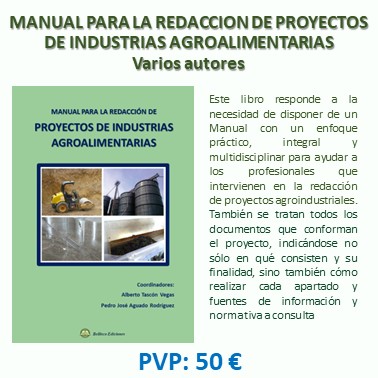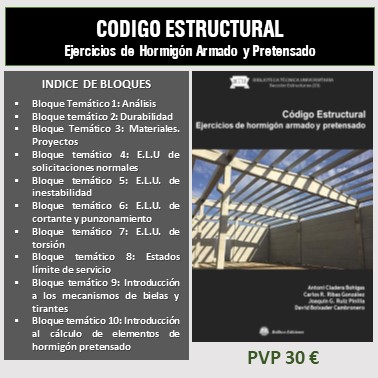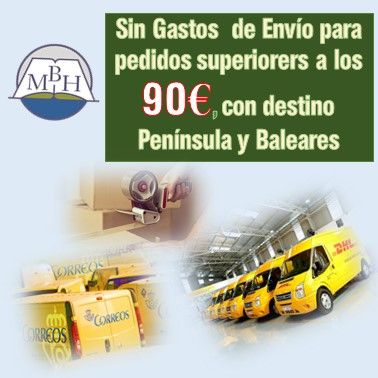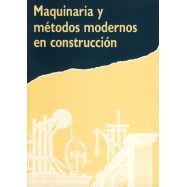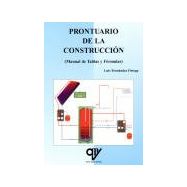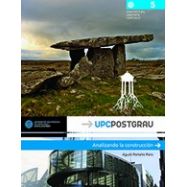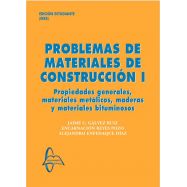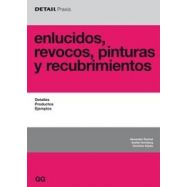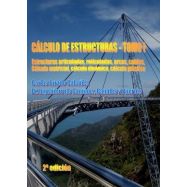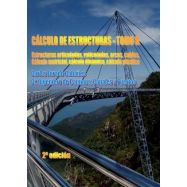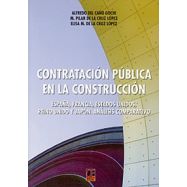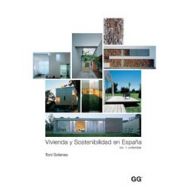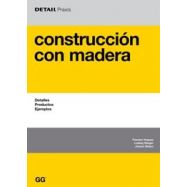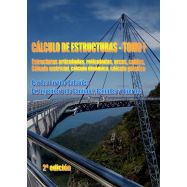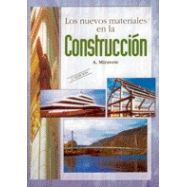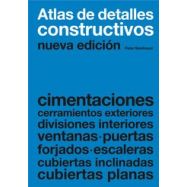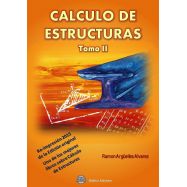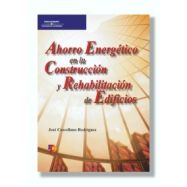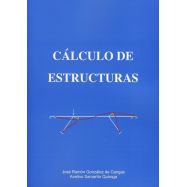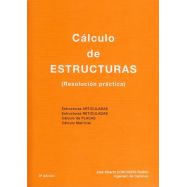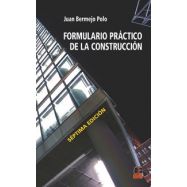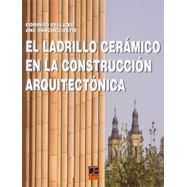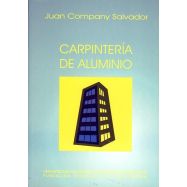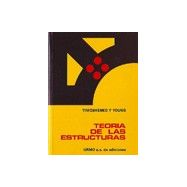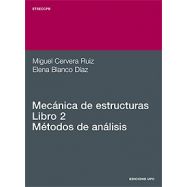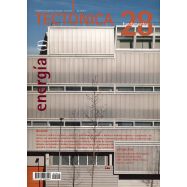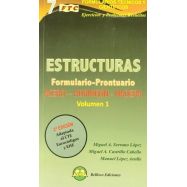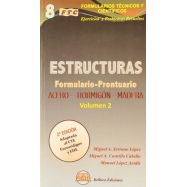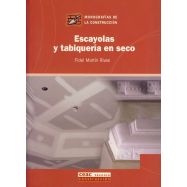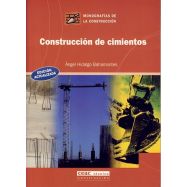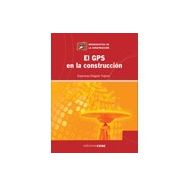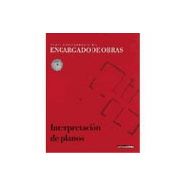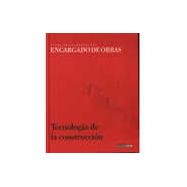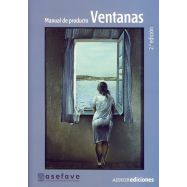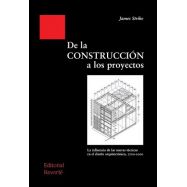Ningún producto
Materias
- BELLISCO EDICIONES. Nuestro Fondo Editorial
- FONDOS EDITORIALES EN DISTRIBUCION
- LIBROS TECNICOS EN INGLES
- ARQUITECTURA - URBANISMO
- AUTOMOCION - MOTORES - VEHICULOS
- AVIONICA - AERONAUTICA
- CALIDAD - EMPRESARIALES - GESTION
- CIENCIAS EXACTAS - MATEMATICAS
- CIENCIAS NATURALES Y APLICADAS
- CIENCIAS DE LA TIERRA - INGENIERIA DEL SUELO
- DICCIONARIOS TECNICOS
- ESTRUCTURAS - CONSTRUCCION
- Acústica (aislamiento, ruidos, vibraciones)
- Análisis de estructuras, resistencia de materiales, elasticidad, cálculo matricial
- Edificación
- Estructuras de Hormigón
- Estructuras Metálicas
- Estructuras de Madera
- Estructuras Mixtas
- Estructuras y Construcción en General
- Novedades Estructuras-Construccion
- rehabilitacion y restauracion
- Formación Profesional: Oficios en construccion, edificación y obras
-
- FORMACION PROFESIONAL
- HIDRAULICA - INGENIERIA SANITARIA - AGUAS
- INGENIERIA CIVIL - OBRAS PUBLICAS
- INGENIERIA MECANICA E INDUSTRIAL
- INSTALACIONES . GENERALES, EN EDIFICACION E INDUSTRIALES
- MATERIALES
- MEDIO AMBIENTE
- NORMATIVA
- OPOSICIONES
- PREVENCION DE RIESGOS LABORALES
- PROGRAMAS INFORMATICOS DE CALCULO
- TECNOLOGIA DE LOS ALIMENTOS: Industrias: Conservación, envasado y cadenas alimentarias
- TELECOMUNICACIONES - INFORMATICA - TECNOLOGIA DE LA INFORMACION
- OUTLET DE BELLISCO: Descuentos de hasta el 80%
- RELIGION, TEOLOGIA, MORAL Y ESPIRITUALIDAD
- VARIOS
- OFERTAS
- PROMOCIONES
- NEWSLETTER
- CATEGORIAS DESTACADAS
- ULTIMAS NOVEDADES BELLISCO
- ARQUITECTURA SOSTENBILE
- URBANISNO
- MATEMATICAS EN GENERAL
- AGRONOMOS-AGRICULTURA-FORESTALES
- ELECTROMAGENTISMO-ELECTRONICA-ELECTRICIDAD
- INGª Y MECÁNICA DEL SUELO. CIMENTACIONES
- TOPOGRAFIA, FOTOGRAMETRÍA, GEODESIA
- EDIFICACION
- ANALISIS DE ESTRUCTURAS, RESISTENCIA DE MATERIALES, ELASTICIDAD, CALCULO MATRICIAL
- OFICIOS VARIOS
- ABASTECIMIENTO Y DISTRIBUCION DE AGUA
- PUENTES
- TUNELES Y OBRAS SUBTERRANEAS
- MAQUINAS Y MECANISMOS
- SOLDADURA
- CLIMATIZACION
- INSTALACIONES DE AGUA
- INSTALACIONES ELECTRICAS CIENCIA E INGENIERIA DE MATERIALES
- ENERGIAS RENOVABLES
- DESARROLLO SOSTENIBLE
- INFORMATICA-SISTEMAS-FORMACION-PROGRAMAS
-
MODERN METHODS OF CONSTRUCTION AND INNOVATIVE MATERIALS
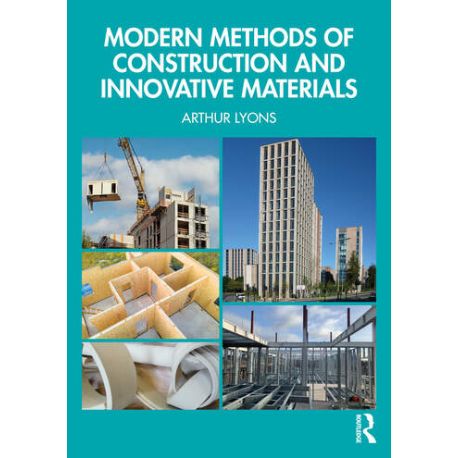 Ver más grande
Ver más grande Referencia: Código 11011
Abril de 2024 - Arthur Lyons - Refª 11011
Arthur Lyons
Abril de 2024 Páginas: 254 Edición en tapa blanda
Código 11011 ISBN/EAN: 9781032414829
DESCRIPTION:
This new textbook has two main themes. The first is Modern Methods of Construction (MMC) which is the off-site manufacture of a wide spectrum of products, ranging from whole buildings to be transported onto site, down to smaller units or components for site integration. The second theme describes the innovation and progress towards carbon zero by the major generators of CO2 in the construction industry – namely cement, steel and masonry.
The first section of the book describes and illustrates with photographs, the major forms of Modern Methods of Construction. These include fully completed 3D units, panelised systems, pods, sub-assemblies and on-site MMC. The section on Innovative Materials then describes a wide range of construction products which are entering into the built environment sector. Some new entrants are variants on well-established construction materials such as steel and concrete. Materials such as these will remain major construction materials for the foreseeable future, but their composition and manufacturing processes will inevitably have to change. Timber also will remain a major construction material, but sustainable sourcing is key and its utilisation as cross-lamination timber (CLT) or as modified timber is rapidly developing. As a result, students and practitioners must familiarise themselves with these materials, their composition, and various uses.
The book goes on to describe variants of other traditional building products, such as glass, plastic and insulation, which are undergoing major developments leading towards enhanced environmental sustainability, as well as many emergent materials, some of which are likely to be significant in future. Modern Methods of Construction and Innovative Materials is the only book combining these important elements of the future of the industry in an easy-to-read guide for students and new practitioners. It is essential reading for anyone studying and working in the built environment, be they architects, construction managers, surveyors or engineers.
TABLE OF CONTENTS:
Preface
Acknowledgements
Abbreviations
Chapter 1 Context
Chapter 2 Introduction to Modern Methods of Construction
Chapter 3 Modern Methods of Construction – Categories and Benefits
Chapter 4 Off-Site Modern Methods of Construction
Chapter 5 On-Site Modern Methods of Construction
Chapter 6 Transportation and Installation
Chapter 7 Foundations
Chapter 8 Fire
Chapter 9 Innovative Materials – Introduction
Chapter 10 Masonry and Alternative Units
Chapter 11 Cement, Concrete and Clay
Chapter 12 Timber and Related Products
Chapter 13 Ferrous and Non-ferrous Metals
Chapter 14 Glass
Chapter 15 Stone and Ceramics
Chapter 16 Plastics
Chapter 17 Plaster
Chapter 18 Insulation Materials
Chapter 19 Paints and Surface Treatments
Chapter 20 Biophilic Design
Chapter 21 Acoustic Control
Chapter 22 General Recycling
Chapter 23 Carbon Storage
Bibliography
Index
Biography
Arthur Lyons studied science at Trinity Hall Cambridge, Warwick and Leicester Universities and has a postgraduate diploma in architectural building conservation. Lyons was honoured with life membership of the Leicestershire and Rutland Society of Architects. Since retiring from teaching in the School of Architecture of De Montfort University, Leicester, where he is an honorary research fellow, he has authored several books on construction materials including Materials for Architects and Builders, now in its sixth edition.
Descripción
Este nuevo libro de texto tiene dos temas principales. El primero son los Métodos Modernos de Construcción (MMC), que consisten en la fabricación fuera del sitio de un amplio espectro de productos, que van desde edificios completos para ser transportados al sitio, hasta unidades o componentes más pequeños para la integración en el sitio. El segundo tema describe la innovación y el progreso hacia carbono cero por parte de los principales generadores de CO2 en la industria de la construcción: el cemento, el acero y la mampostería.
La primera sección del libro describe e ilustra con fotografías las principales formas de los métodos modernos de construcción. Estos incluyen unidades 3D completamente terminadas, sistemas de paneles, pods, subconjuntos y MMC in situ. La sección sobre Materiales innovadores describe una amplia gama de productos de construcción que están ingresando al sector del entorno construido. Algunos nuevos participantes son variantes de materiales de construcción ya establecidos, como el acero y el hormigón. Materiales como estos seguirán siendo importantes materiales de construcción en el futuro previsible, pero su composición y procesos de fabricación inevitablemente tendrán que cambiar. La madera también seguirá siendo un material de construcción importante, pero el abastecimiento sostenible es clave y su utilización como madera contralaminada (CLT) o como madera modificada se está desarrollando rápidamente. Como resultado, los estudiantes y profesionales deben familiarizarse con estos materiales, su composición y sus diversos usos.
El libro continúa describiendo variantes de otros productos de construcción tradicionales, como el vidrio, el plástico y el aislamiento, que están experimentando importantes avances que conducen a una mayor sostenibilidad ambiental, así como muchos materiales emergentes, algunos de los cuales probablemente serán importantes en el futuro. Métodos modernos de construcción y materiales innovadores es el único libro que combina estos importantes elementos del futuro de la industria en una guía de fácil lectura para estudiantes y nuevos profesionales. Es una lectura esencial para cualquiera que estudie y trabaje en el entorno construido, ya sean arquitectos, directores de construcción, topógrafos o ingenieros.
Tabla de contenido
Sobre el Autor
Prefacio
Agradecimientos
Abreviaturas
Capítulo 1 Contexto
Capítulo 2 Introducción a los métodos modernos de construcción.
Capítulo 3 Métodos modernos de construcción: categorías y beneficios
Capítulo 4 Métodos modernos de construcción fuera del sitio
Capítulo 5 Métodos modernos de construcción in situ
Capítulo 6 Transporte e instalación
Capítulo 7 Fundamentos
Capítulo 8 Fuego
Capítulo 9 Materiales innovadores – Introducción
Capítulo 10 Albañilería y Unidades Alternativas
Capítulo 11 Cemento, Concreto y Arcilla
Capítulo 12 Madera y productos relacionados
Capítulo 13 Metales ferrosos y no ferrosos
Capítulo 14 Vidrio
Capítulo 15 Piedra y Cerámica
Capítulo 16 Plásticos
Capítulo 17 Yeso
Capítulo 18 Materiales de aislamiento
Capítulo 19 Pinturas y tratamientos superficiales
Capítulo 20 Diseño biofílico
Capítulo 21 Control acústico
Capítulo 22 Reciclaje general
Capítulo 23 Almacenamiento de carbono
Bibliografía
Índice
TAMBIEN LE PUEDE INTERESAR
- 23,31 €
- 38,00 €
- 40,00 €
- 22,00 €

